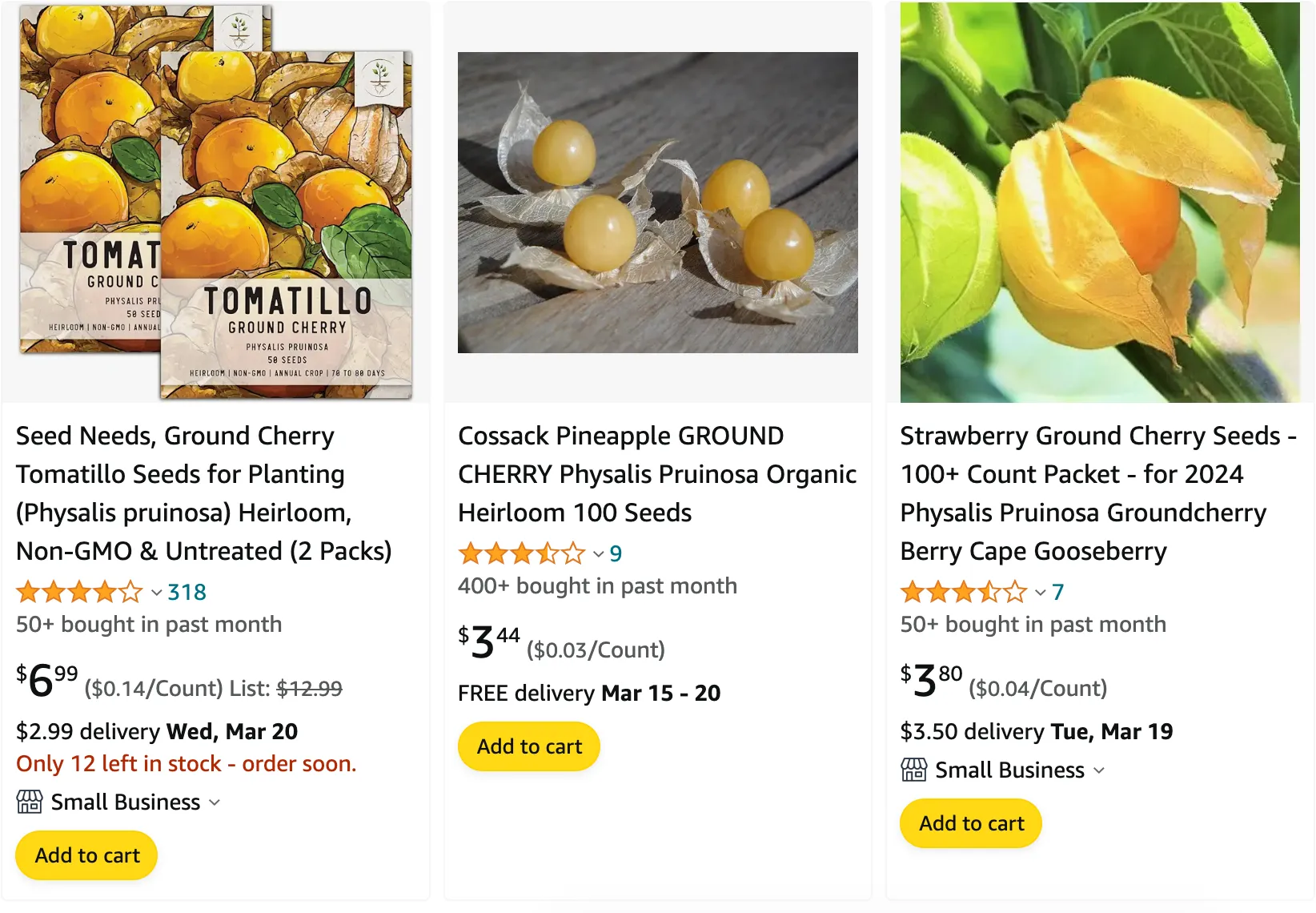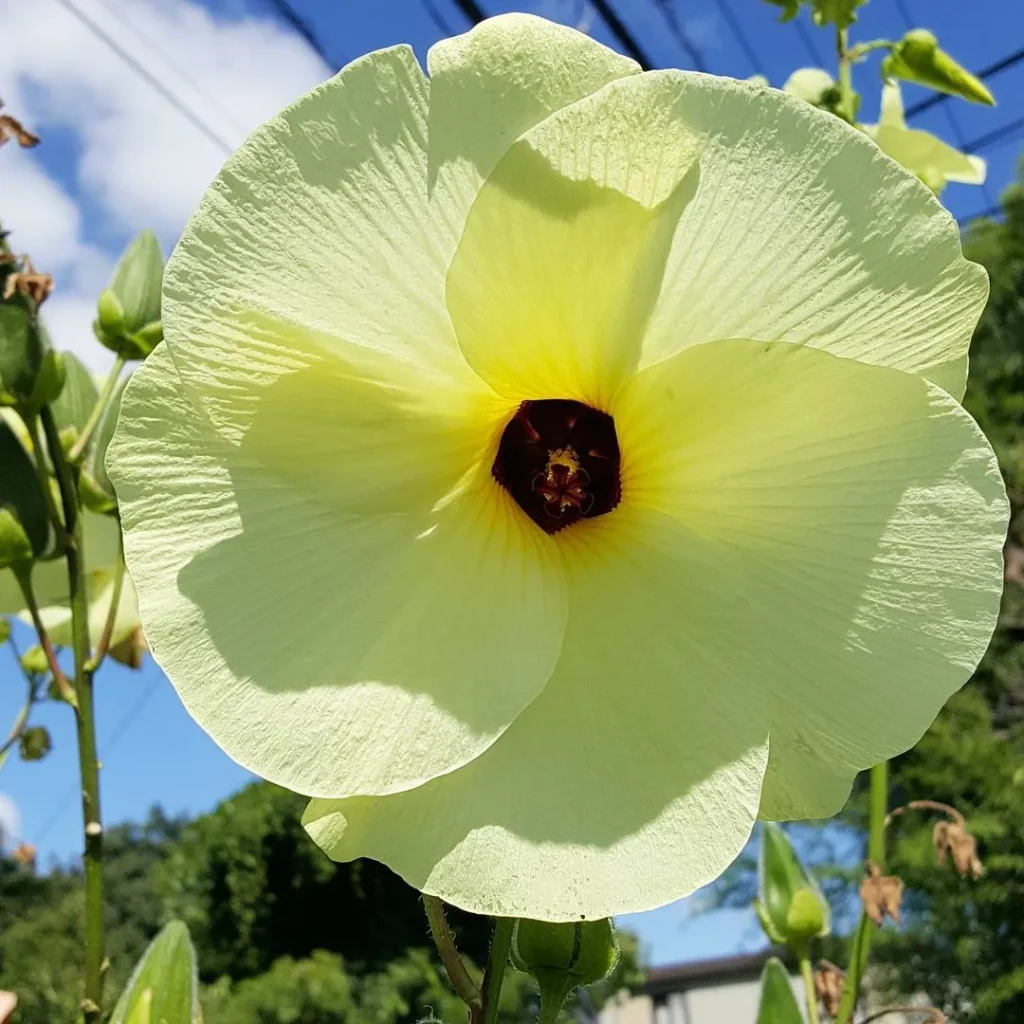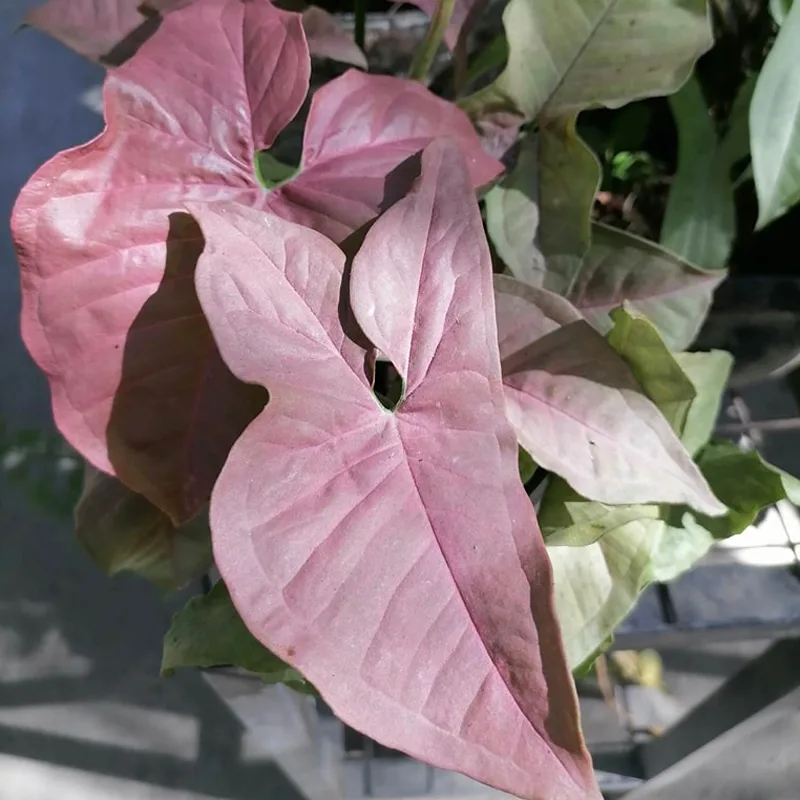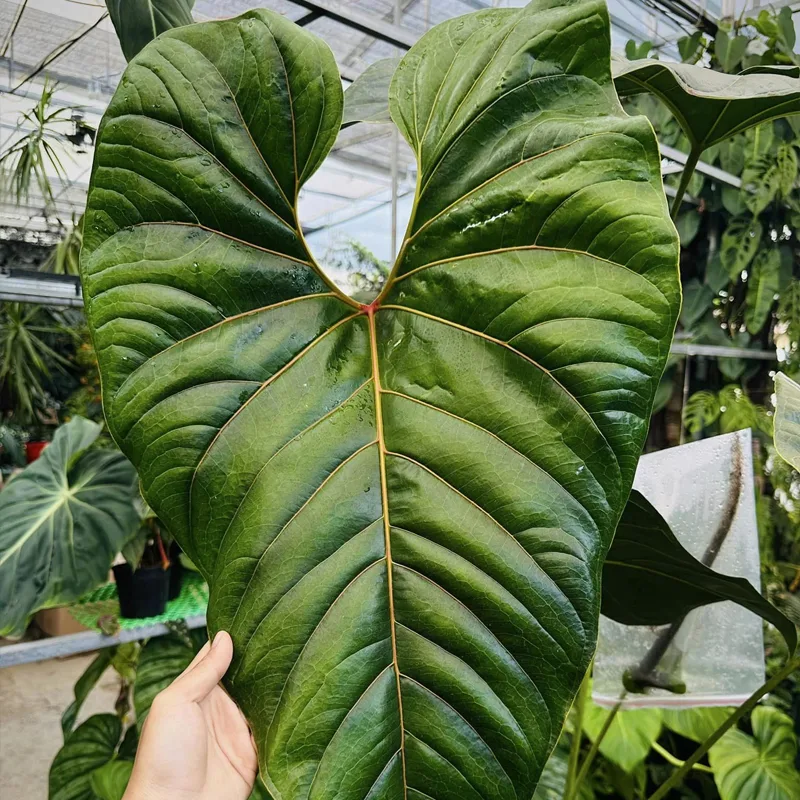
A Gardener’s Guide to Physalis Pruinosa: The Sweet Surprise in a Papery Lantern
Physalis pruinosa, often called the Strawberry Groundcherry or Cape Gooseberry, has become a delightful resident in my garden. This unassuming plant, a member of the nightshade family alongside tomatoes and potatoes, produces a fruit that’s both beautiful and delicious. Encased in a papery lantern-like husk, the golden fruit offers a burst of sweet, tropical flavor with hints of pineapple.
Intrigued by this unique plant, I embarked on a journey to cultivate it in my own backyard. What I discovered was a surprisingly easy-to-grow crop that thrives with minimal fuss. If you’re looking for a conversation starter in your garden and a taste of the unexpected, then Physalis pruinosa might just be your perfect match.
95 Species in Genus Physalis
What is Physalis pruinosa?
Physalis pruinosa is a native of Central and South America, but it has found a happy home in gardens worldwide. This herbaceous annual boasts fuzzy green foliage and sprawling branches that can reach up to two feet in height. The true showstopper, however, is the fruit. Tucked inside a papery husk that inflates as the fruit matures, the golden orb offers a delightful surprise when opened.
Physalis Pruinosa vs Peruviana
I’ve grown Physalis Pruinosa and Peruviana side by side in my garden, and I’ve found Physalis Pruinosa to be a bit more manageable in terms of size and spread. On the other hand, Peruviana has a more vigorous growth habit and produces larger fruits, but it can become quite invasive if not kept in check. The Pruinosa’s slightly tangy flavor is more to my liking, while Peruviana’s fruits are sweeter but tend to have a thinner skin. Both plants are pretty hardy, but I’ve had better luck with Pruinosa in my local climate.
How to Grow Physalis pruinosa?
Here’s the beauty of Physalis pruinosa: it’s a low-maintenance plant that flourishes with a little love.
Sunshine and Soil: Select a sunny location in your garden with well-draining soil. Sandy loam is ideal, but the plant can adapt to various soil types as long as drainage is good.
Planting: Sow seeds directly outdoors after the danger of frost has passed. Aim for a spacing of around two feet between plants. Alternatively, you can start seeds indoors a few weeks before the last frost and transplant them outdoors once established.
Watering: Physalis pruinosa enjoys consistent moisture, especially during the fruiting period. Water regularly, allowing the soil to dry slightly between waterings.
Feeding: While not strictly necessary, a light feeding with a balanced fertilizer during the growing season can encourage healthy growth and abundant fruit production.
How to Care for Physalis pruinosa?
Once established, Physalis pruinosa requires minimal care. Here are some tips for keeping your plant happy:
- Staking: The branches of Physalis pruinosa can become laden with fruit, causing them to sprawl. Consider staking your plants for support, especially if you’re expecting a heavy harvest.
- Deadheading: Removing spent flowers can encourage further fruit production throughout the season.
How to Harvest Physalis pruinosa?
The papery husk surrounding the fruit will turn light brown and papery when the fruit is ripe. Gently peel back the husk to reveal the golden orb inside. The fruit is at its peak flavor when it yields slightly to the touch.
What to do with Physalis pruinosa?
The delightful flavor of Physalis pruinosa makes it a versatile addition to your culinary repertoire. Here are a few ideas:
- Snacking: Enjoy the fruit straight from the plant for a refreshing and healthy treat.
- Salads: Add a burst of sweetness and a unique texture to your salads.
- Jams and Preserves: The fruit’s natural sweetness makes it perfect for jams, jellies, and preserves.
- Pies and Tarts: Physalis pruinosa adds a delightful tropical twist to pies and tarts.
Additional Tips:
- Companion Planting: Physalis pruinosa can be a good companion plant for other vegetables like peppers and eggplants. However, avoid planting it near other nightshade family members like tomatoes and potatoes to minimize the risk of disease.
- Overwintering: While Physalis pruinosa is an annual, you can attempt to overwinter it in warmer climates by bringing it indoors before the first frost. Provide it with plenty of sunlight and continue to water it occasionally.
With its ease of care and unique flavor, Physalis pruinosa has become a cherished member of my garden. So, if you’re looking for a plant that offers beauty, intrigue, and a delicious reward, give this little gem from Central America a try. You might just be surprised by the sweet surprise it holds within its papery lantern.
If i die, water my plants!



